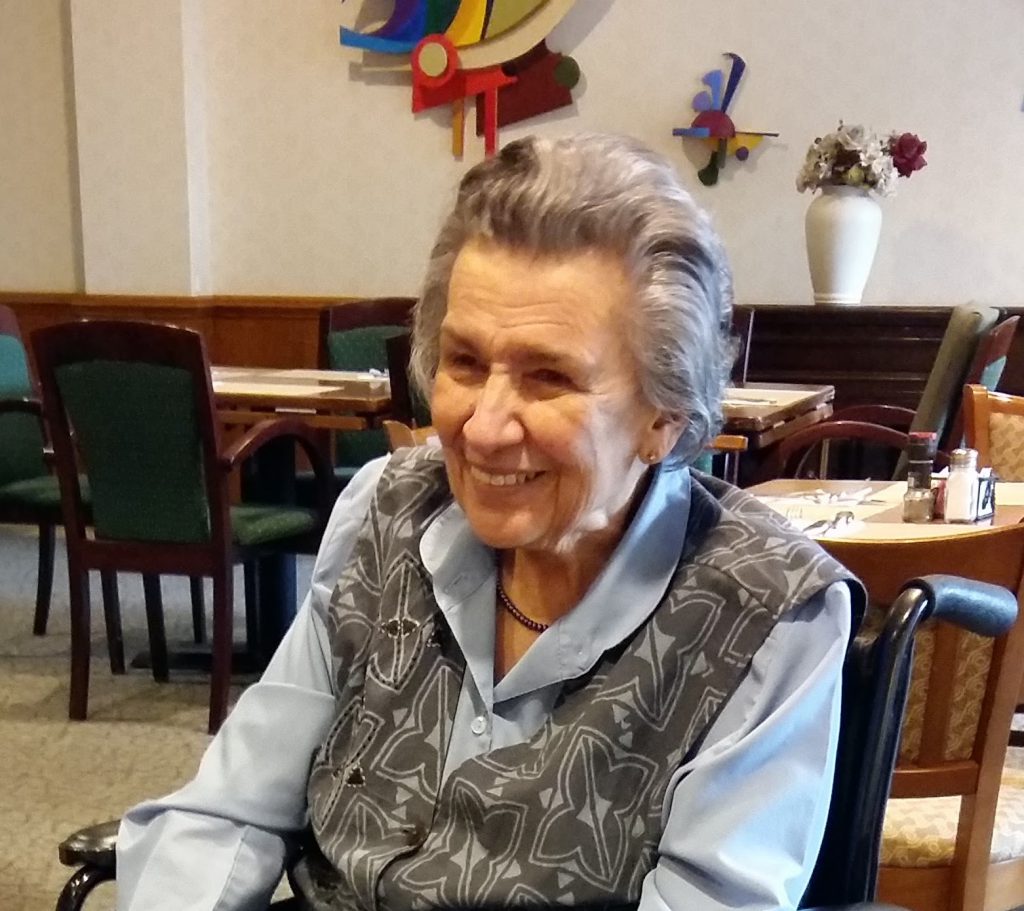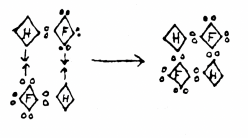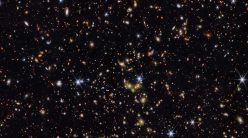
My husband, Harish, came to the Indian Institute of Science when he was 20 years old to work with Dr Bhabha. However, Sir CV Raman, who had been his examiner when he did his MSc, took an active interest in him from the start. At that time, Dr Bhabha was not much at the Institute as he was heavily involved with starting the Tata Institute [of Fundamental Research] in Bombay. So in a general way, Harish saw much more of Raman than he did of Bhabha. While at the Institute, because of a shortage of accommodation in the hostel, Harish lived at our house for the first six months. My mother had been his Foreign Languages teacher at Allahabad University and Bhabha had suggested this arrangement to my parents. It is probably here that he also got to know Dr Jatkar with whom he enjoyed long walks and conversations. But he did his physics work with Bhabha, who later arranged for him to study with Prof Dirac in Cambridge, England. My father had got a position as a librarian at the Indian Institute of Science following his return from the International Institute of Agriculture in Rome at the outbreak of World War II. My mother was appointed Lecturer in Foreign Languages. She taught French and German for scientific reading and was also a translator in other European languages. We had a house on campus, and for a child, this was an idyllic life.
I was six years old when we came to Bangalore and one of my first friends was Vijaya Jatkar. We spent the next ten years in close contact, together with the daughters of Dr V Subrahmanian. The Institute then was much less built up than now and my childhood memories are full of space and security.
During our school years, our lives naturally revolved around school. We went to various schools in “town” and there was a bus in the Institute that took us, first a huffy old diesel one and then a more modern one. It would pick up all the children to school from their houses around the maidan and long waits at some of the houses were legendary. On weekends and holidays was when we all played together, mostly make-believe games at each other’s houses. We learnt to ride bicycles, on full-size men’s bikes, Vijaya on her uncle’s, and I and Lady Raman’s niece on Raman’s. Manoeuvring these was quite a job and for a long time, the only way I knew how to stop was to ride into the hedge in front of our house. Finally for our 11th (I think) birthday, we got a new Raleigh ladies bicycle. These we rode around and round on the Institute’s grounds, allowing privileged visiting friends a spin (I was reminded of this recently!).
I believe we were all fairly lively little girls (there were young boys too but it was unthinkable for us to associate with them) and we loved to participate in all the functions that the students organized. There was, for example, Holi, when the students, particularly those from the north, would go round to the houses respectfully splashing the staff. I remember my mother always making coconut barfi to give the boisterous visitors. For the other festivals, the Institute families tended to celebrate with the students who came from their regions. As my father was Maharashtrian, as were the Jatkars, our big festival was Ganesh Puja, with lots of good food (Vijaya’s mother was a marvellous cook) and good cheer, a crowd taking Ganesh to Sankey Tank for final immersion.

But the biggest festive occasion was, of course, Independence Day, August 15, 1947. The Institute and its students had by and large not participated actively in the independence movement although clearly their sympathies were there (Vijaya’s uncle, however, whose bicycle she used to ride, had taken part and this made a big impression on us). We were all fed the sayings of our leaders and as girls particularly, this made our dreams go far and wide. For Independence Day, the grounds in front of the Main Building were spruced up and decked with flowers, especially around the Tata statue. An enormous flag was set up on the tip of the Institute tower and there was an assembly of the whole Institute in front. Sir JC Ghosh, who was the Director at that time, stood on the first floor balcony and probably gave a speech (which I cannot remember) and using some gadget which intrigued us, unfurled the huge impressive orange, white and green Indian flag. We were all choked up with emotion and I believe we then all sang for the first time in public Jana Gana Mana. We had been taught the words by Dr BC Guha’s eldest son, Rattan, who was not at all enthusiastic to have to do this and this seems to have amused us no end. Vijaya remembers that the flag mast fell over the next day under the weight of the flag, but I can only remember its size the first day. I still have one of those little flags we were given to wave in the new era. It was a great excitement.
Around this time or just after (I am not clear about this), three English professors, Adcock, Harris and Carter came to the Institute. The Carters and Harrises were our neighbours, and we all became friends. We remained in contact long after they left. Later, Prof Aston who had come back to the Institute, and Prof Havemann were also our neighbours and as they did not have their families with them, they would often come to our house for meals. Aston and Prof K Srinivasan had known each other for many years and the latter was also a frequent visitor. He had wonderful parties, even though he was strict in his habits, but he seemed to like company and had many friends. With many of the other families at the Institute where there were children, we were in and out of each other’s homes a lot of the time and so felt fairly connected and this stayed till we grew up and scattered.
I hope this conveys something of the life in a bygone era. It makes for wonderful remembering!
Lily Harish-Chandra grew up in the IISc campus, and now lives in Princeton, USA. She is the daughter of GT Kale, who was Librarian and Lecturer in French, and briefly Warden of the Institute Hostel; and H Kale, who was part-time lecturer in German. Lily later married the mathematician Harish-Chandra, who was a student at IISc during 1943-45.




